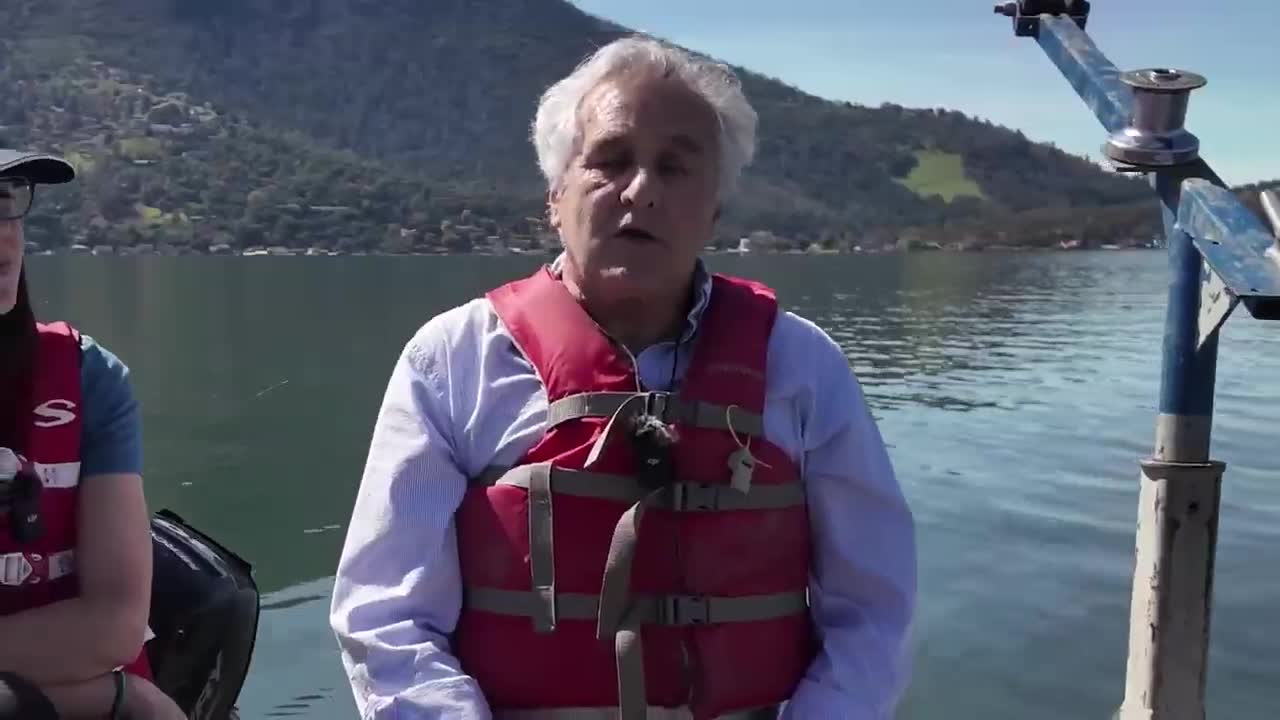Scientists unveil breakthrough model to rehabilitate Clear Lake
August 17, 2024 | Events, Lake County, California
This article was created by AI summarizing key points discussed. AI makes mistakes, so for full details and context, please refer to the video of the full meeting. Please report any errors so we can fix them. Report an error »

In a recent government meeting, experts discussed the dynamic nature of Clear Lake and the ongoing efforts to rehabilitate its water quality. The lake's currents are notably strong, capable of moving mercury and other compounds rapidly, which poses challenges for environmental management. Over the past six years, researchers have focused on understanding the lake's physical, biological, and chemical processes, culminating in the development of a predictive computer model. This model aims to assist stakeholders in assessing the impacts of nutrient reduction and climate change on the lake's ecosystem.
The current project emphasizes two main components: monitoring and analysis. Researchers are employing high-frequency sampling techniques to continuously measure various physical properties, such as temperature and oxygen levels, as well as biological and chemical factors like nutrient concentrations and phytoplankton changes. This approach allows for real-time insights into the lake's rapid fluctuations, which can occur within hours.
The meeting highlighted the lake's rich organic content, which supports a vibrant fishing environment. However, the decomposition of algae can lead to significant oxygen depletion, affecting aquatic life. Experts underscored the importance of understanding these dynamics to inform effective rehabilitation strategies for Clear Lake, ensuring its ecological health and sustainability for future generations.
The current project emphasizes two main components: monitoring and analysis. Researchers are employing high-frequency sampling techniques to continuously measure various physical properties, such as temperature and oxygen levels, as well as biological and chemical factors like nutrient concentrations and phytoplankton changes. This approach allows for real-time insights into the lake's rapid fluctuations, which can occur within hours.
The meeting highlighted the lake's rich organic content, which supports a vibrant fishing environment. However, the decomposition of algae can lead to significant oxygen depletion, affecting aquatic life. Experts underscored the importance of understanding these dynamics to inform effective rehabilitation strategies for Clear Lake, ensuring its ecological health and sustainability for future generations.
View full meeting
This article is based on a recent meeting—watch the full video and explore the complete transcript for deeper insights into the discussion.
View full meeting
